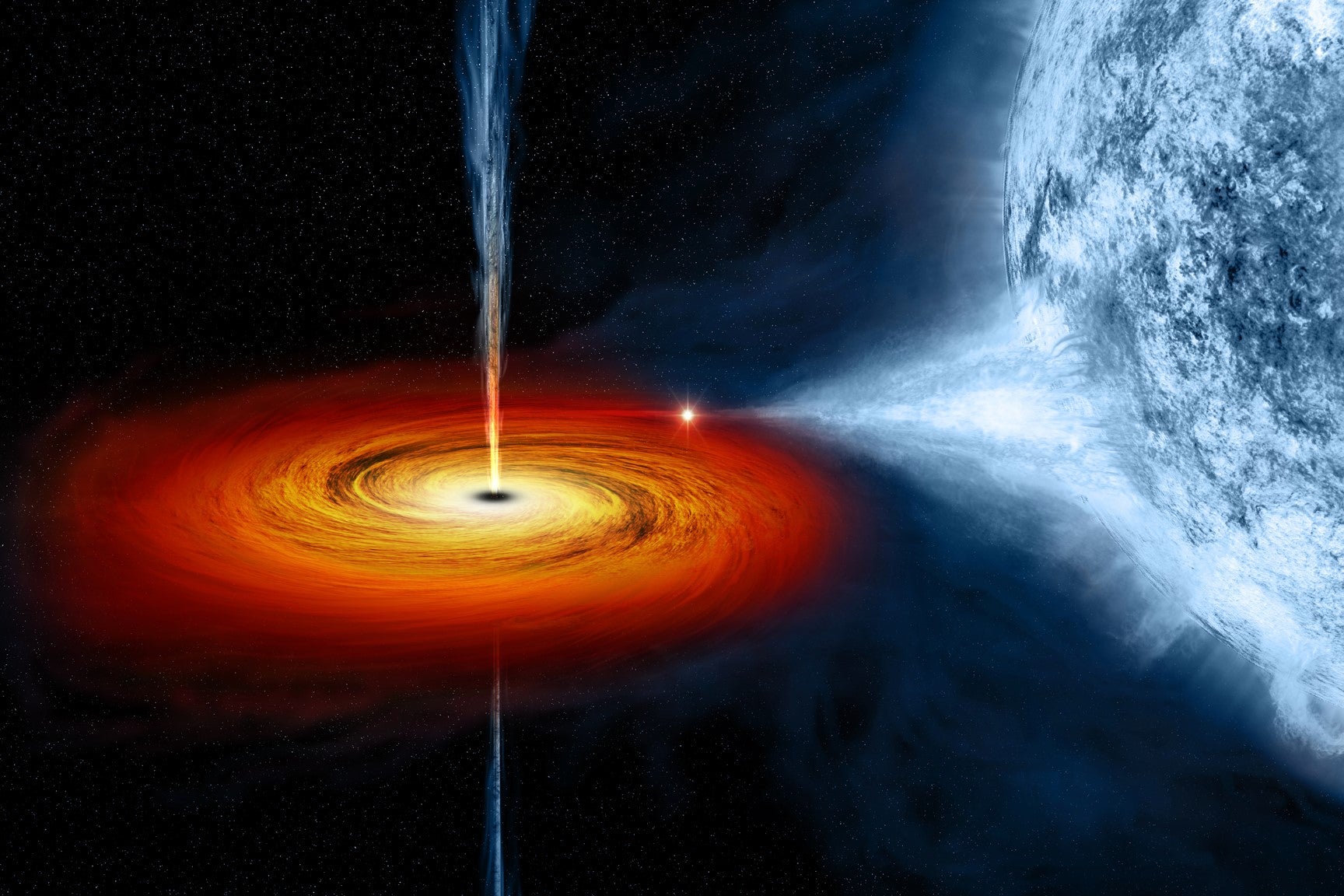Black hole ‘plunge’ finally proves Einstein’s theory of gravity
Oxford team now hopes to film first footage of distant black hole
Your support helps us to tell the story
From reproductive rights to climate change to Big Tech, The Independent is on the ground when the story is developing. Whether it's investigating the financials of Elon Musk's pro-Trump PAC or producing our latest documentary, 'The A Word', which shines a light on the American women fighting for reproductive rights, we know how important it is to parse out the facts from the messaging.
At such a critical moment in US history, we need reporters on the ground. Your donation allows us to keep sending journalists to speak to both sides of the story.
The Independent is trusted by Americans across the entire political spectrum. And unlike many other quality news outlets, we choose not to lock Americans out of our reporting and analysis with paywalls. We believe quality journalism should be available to everyone, paid for by those who can afford it.
Your support makes all the difference.Researchers have finally confirmed one of Albert Einstein’s key predictions about gravity after observing a “plunging region” around a black hole.
A team from Oxford University used X-ray data to gain a better understanding of black holes and observed gravity in its “strongest possible form”.
Einstein’s theory states that it is impossible for particles to safely follow circular orbits when close to a black hole. Instead they rapidly plunge towards the object at close to the speed of light – giving the plunging region its name.

“Einstein’s theory predicted that this final plunge would exist, but this is the first time we’ve been able to demonstrate it happening,” said Dr Andrew Mummery from Oxford University’s Department of Physics.
“We believe this represents an exciting new development in the study of black holes, allowing us to investigate this final area around them. Only then can we fully understand the gravitational force.”
Researchers say that there has been much debate between astrophysicists for many decades as to whether the so-called plunging region would be detectable.
The Oxford team spent the last couple of years developing models for it and, in a study just published, demonstrated its first confirmed detection found using X-ray telescopes and data from the international space station.
Later this year, a second Oxford team hopes to move closer to filming first footage of larger, more distant black holes,” said Dr Mummery.
“What’s really exciting is that there are many black holes in the galaxy, and we now have a powerful new technique for using them to study the strongest known gravitational fields.”
The findings were detailed in a study, titled ‘Continuum emission from within the plunging region of black hole discs’, published in The Monthly Notices of the Royal Astronomical Society on Thursday.
Additional reporting from agencies.
Join our commenting forum
Join thought-provoking conversations, follow other Independent readers and see their replies
Comments